Types of mineral wool for wall insulation and its installation
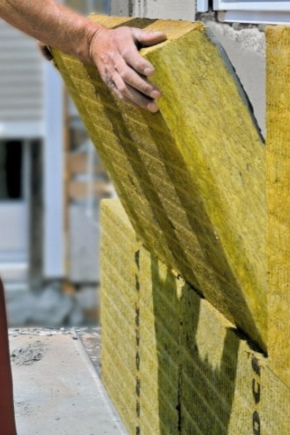
Mineral wool is in great demand in the construction market. It is often used in construction and the need to insulate floors and walls. With the right choice of material, you can achieve high efficiency of its use.
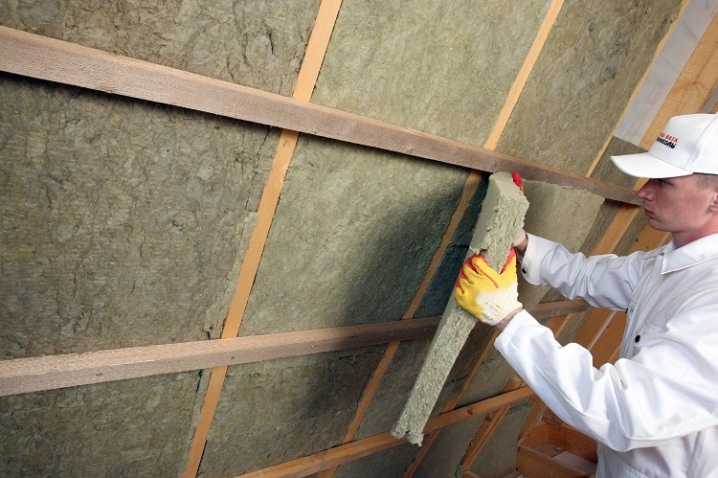
Advantages and disadvantages
Mineral wool is a fibrous type of material based on metal slags and molten rock. This product has been used for thermal insulation outside and inside the house for quite some time. Currently, on the market you can find a large number of varieties of material for insulating wall and floor surfaces, which have high quality and performance characteristics.
The advantages of wall insulation with mineral wool include the following:
- good sound absorption;
- low flammability;
- no corrosion when material and metal come into contact;
- thermal stability, which is due to the absence of deformation of mineral wool during sudden temperature changes;
- ease of processing - the product lends itself well to cutting, sawing.

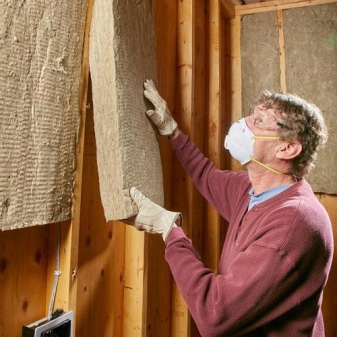
Having evaluated all of the above advantages of the material, we can conclude that with its help it will be possible to effectively insulate a room of any type from the inside. However, the consumer should not forget about some of the shortcomings of the material:
- low vapor permeability;
- the possibility of harm to human health, but only if you buy low quality mineral wool.
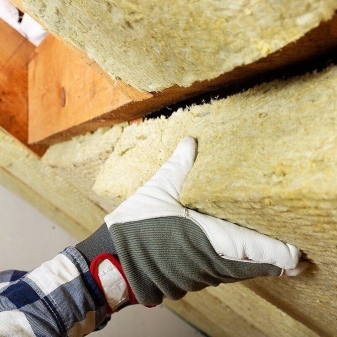
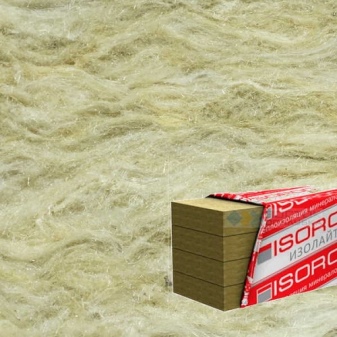
Which mineral wool to choose?
In order to choose the right wall insulation, you should pay attention to its characteristics.
- Thermal conductivity, which must correspond to the thickness and density of the layer. It can be 0.03-0.052 W / (m · K).
- The fiber length varies from 15 to 50 mm. The fiber diameter usually does not exceed 15 µm.
- The maximum temperature indicator for use. In mineral wool, it can reach 600-1000 degrees above zero.
- Fiber material and composition. This type of insulation can be made from glass, dolomite, basalt, blast furnace slag.
For warming the surface under the plaster, it is worth giving preference to mineral wool with a high density, namely from 150 kg / m3.
To work with walls and partitions inside the building, you can use an insulation with a density of 10-90 kg / m3.

Currently, the following types of construction wool can be found on the market.
- Stone. This product consists of molten fresh rock. Often, such a product is also called basalt. The length of the insulation fibers is 16 mm, and the thickness does not exceed 12 microns.
- Quartz. This is a new type of insulation based on molten quartz. The fiber of such a mineral wool is long, high and elastic.
- Slag. The manufacture of these products bears some resemblance to stone wool. Insulation has a low cost, but at the same time it is inferior in quality characteristics to other types.
- Glass wool. It is characterized by excellent resistance to aggressive chemicals.
Taking into account all the characteristics of a particular type of mineral wool, you can choose the best option that will fulfill all the tasks.

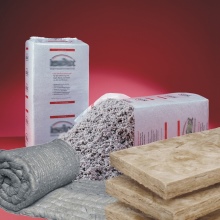
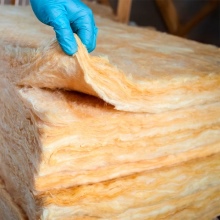
What is needed for installation?
Competent installation of mineral wool insulation contributes not only to the protective function, but also to the decorative one. To insulate the walls, the master will need to acquire the following inventory:
- tape measure;
- building level;
- screwdriver, drill;
- metallic tape;
- membrane for waterproofing;
- wood slats;
- knives;
- dowels;
- primer;
- mineral wool.
As an alternative to wood slats, you can use a metal profile.
In addition, the master should protect himself with a respirator, gloves, glasses.

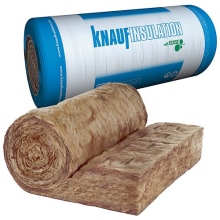
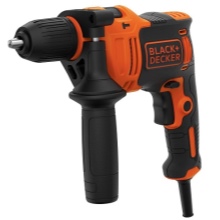
Fastening technology
Do-it-yourself fastening of mineral wool slabs to a brick wall, lathing and under lining or brick must be done correctly, in a certain sequence and in compliance with all technologies. After calculating the required amount of material and determining the optimal type, you can make a purchase of mineral wool.
Laying mineral wool on the walls outside the building can be carried out in the following ways:
- well system;
- wet method;
- ventilated facade.
The "well" system assumes an event in which the mineral wool must be laid inside the wall at the gap and between the bricks. It is better to fix the insulation to a wooden surface using a ventilated facade. In this case, the installation of the frame is provided along the entire perimeter of the structure. Laying the insulation will not be difficult even for an inexperienced craftsman, and fasteners can be carried out with dowels "fungi" or glue.
At the end of the work, you can safely start finishing the facade.
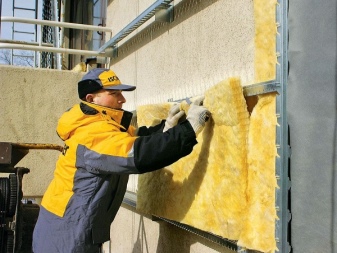

A phased scheme of wall insulation using mineral wool in a wet way:
- the surface is cleaned of dust and dirt, after which it is worth removing indentations and irregularities from it;
- a basement cornice is attached;
- using a special composition, a layer of mineral wool is glued;
- for reliability, the insulation is fixed with dowels;
- a reinforcing layer is applied;
- the surface is properly primed and plastered;
- coloring in any color you like is carried out.
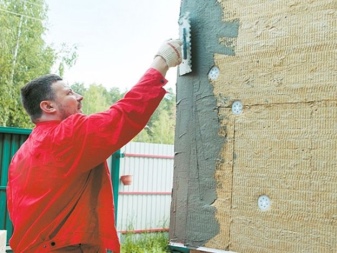
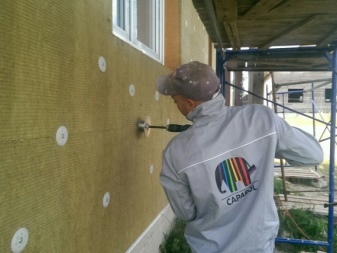
In case the wet method for some reason is not suitable for the master, you can perform a phased laying of mineral wool using a ventilated facade.
- The wall is impregnated with an antiseptic. In the presence of rot, it is worth using special formulations.
- Remove the slopes and platbands.
- The surface is dried throughout the day.
- Lay the membrane layer. In the case of a perfectly flat surface, it may not be needed.
- Self-tapping screws fix wooden slats, the thickness of which must correspond to the dimensions of the mineral wool. The distance between the slats should be 20 mm less than the width of the insulation.
- Cotton wool is placed in the crate.
- Secures the material to protect it from water and wind. Fasteners can be carried out with a stapler.
- To make a ventilated gap, counter-rails are mounted on top of the crate. This type of cladding should be fixed at a distance of 60 mm from the insulation layer.
Upon completion of the above work, you can install new platbands and slopes.
In order for wall insulation with mineral wool to bring the desired result, the craftsmen should take a responsible approach to work.

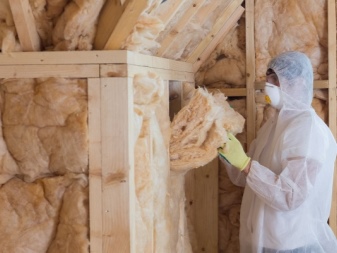
Common mistakes when laying material
- Lack of site preparation before work. Some workers do not pre-protect windows, doors, furniture from dust and dirt, after which they become dirty and deformed.
- Ignoring surface preparation before insulation. The presence of defects, uneven plaster, mold, efflorescence must be eliminated before insulation begins.
- Lack of starting bars that take the load from the mass of the material.
- Wrong order of installation of plates. The best order for laying mineral wool is considered to be a checkerboard one. In this case, the fixation must be tight.
- Errors in the application of the adhesive. Such a nuisance may entail the bending of the insulation or the designation of its contour on the finished insulated facade.
- Lack of fastening.
- No layer for weather protection. This moment can lead to slow drying of the walls, and the thermal insulation itself will be ineffective.
- Lack of filling the seams at the border of the insulation. As a result, cold bridges are formed in the wall.
- Ignoring the use of a primer before applying decorative plaster. The result of such an oversight may be improper adhesion of the plaster, surface roughness, as well as the presence of gray gaps.
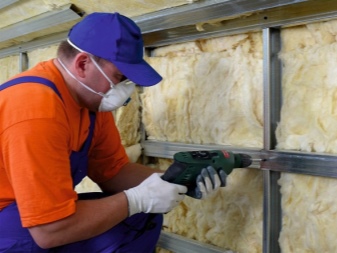

For in order to save on heating in winter, to provide housing with an optimal temperature regime in the summer, to prevent the formation of mold and mildew, as well as soundproofing the building, you can use insulation. For this purpose, many craftsmen use mineral wool, which not only has high performance, but is also characterized by an affordable cost.
Minvata is a popular, safe material that almost everyone can use to insulate a building.
The only thing worth remembering when working is the correct laying of the material in compliance with all technologies.
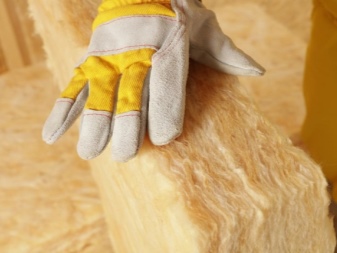
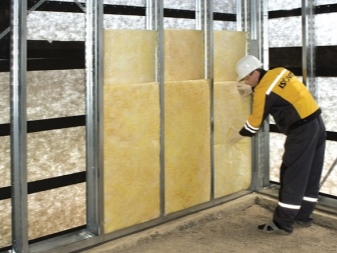
You can learn how to properly insulate the facade of a house with mineral wool from the video below.













The comment was sent successfully.